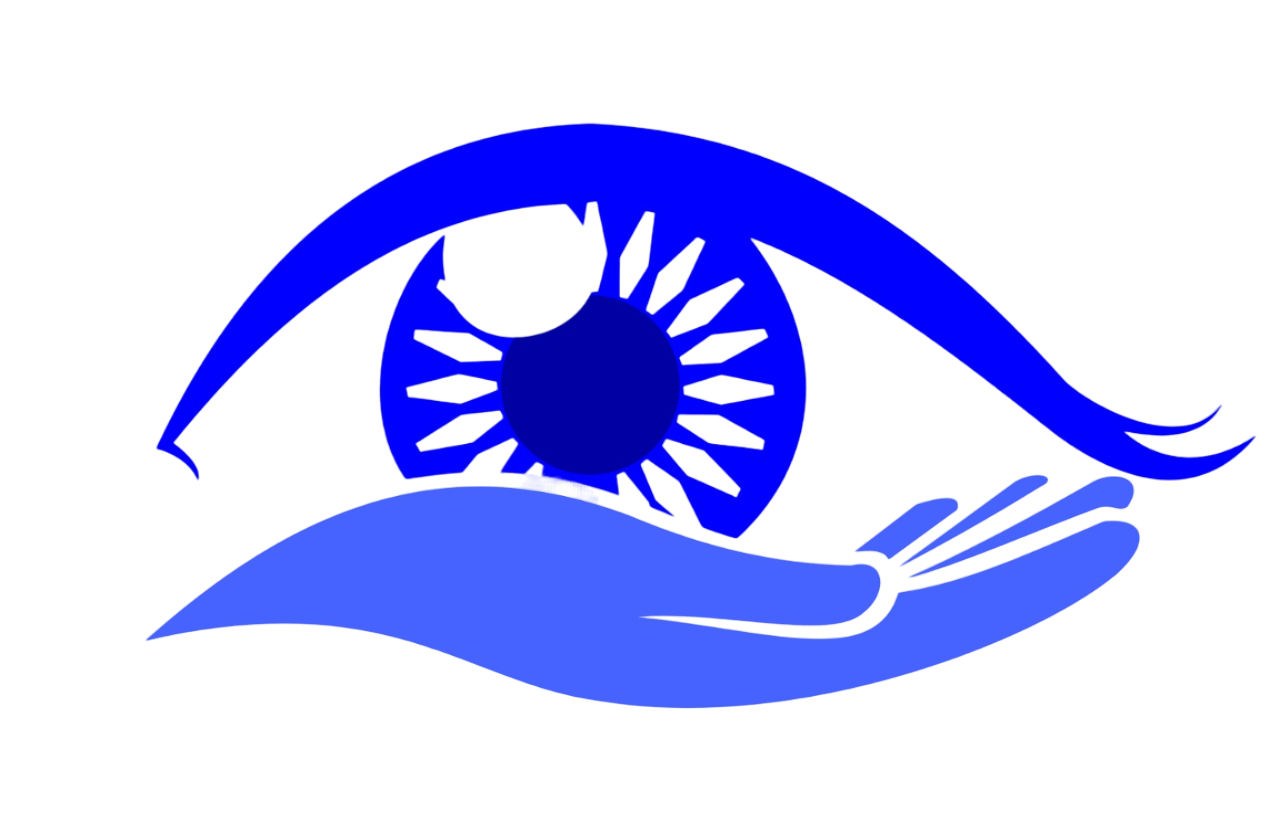
Surgical Procedure
Pterygium
All Treatments
Pterygium
Addressing the Growth on the Eye Surface
A Pterygium is a benign, wedge-shaped growth of tissue that extends from the conjunctiva (the thin, clear membrane covering the white part of the eye) onto the cornea (the transparent front part of the eye). This condition, commonly referred to as “surfer’s eye,” often affects people who spend a lot of time outdoors, especially in sunny, windy, or dusty environments. Although a Pterygium is generally non-cancerous, it can cause discomfort, vision problems, and may require treatment to prevent further complications.

What is Pterygium?
Pterygium is a fibrovascular growth that typically starts at the inner corner of the eye and slowly extends toward the center of the cornea. It may remain small and asymptomatic for years or progressively enlarge, potentially interfering with vision. The exact cause of pterygium is not fully understood, but it is believed to be related to prolonged exposure to ultraviolet (UV) light, dry conditions, wind, and dust, which irritate the eye’s surface.
Symptoms of Pterygium
- Visible Growth on the Eye: A noticeable fleshy, pinkish growth on the white part of the eye that may extend toward the cornea.
- Eye Irritation or Redness: The pterygium can cause a gritty, itchy feeling, leading to redness and irritation.
- Dryness or Burning Sensation: The affected eye may feel dry or irritated, especially in windy or dusty environments.
- Blurry Vision: As the Pterygium grows, it may distort the surface of the cornea, leading to blurred vision or astigmatism.
- Foreign Body Sensation: The growth can make it feel like there is something in the eye, causing discomfort.
Causes and Risk Factors
While the precise cause of Pterygium remains unclear, several factors are believed to increase the risk of developing the condition, including:
- Prolonged UV Exposure: Exposure to ultraviolet rays from the sun is the most significant risk factor. People living in sunny climates or those who work outdoors are more prone to developing cornea disease.
- Chronic Irritation: Wind, dust, and dry conditions can irritate the surface of the eye, promoting the formation of a Pterygium.
- Genetic Factors: Some people may have a genetic predisposition to developing cornea disease, though environmental factors play a key role.
- Geographic Location: Pterygium is more common in regions near the equator, where UV exposure is higher.
Diagnosis of Pterygium
A comprehensive eye examination is essential for diagnosing pterygium. Our clinic uses advanced diagnostic tools to assess the size, shape, and impact of the pterygium on your vision. Key diagnostic steps include
- Slit Lamp Examination: This special microscope allows the eye doctor to examine the pterygium in detail and determine its extent and severity.
- Corneal Topography: This test maps the surface of the cornea to detect any distortion caused by the pterygium, which can lead to astigmatism.
- Visual Acuity Test: A test to measure the clarity of your vision and check for any vision impairment caused by the growth.
Treatment Options for Pterygium
The treatment for pterygium depends on the size of the growth, symptoms, and its impact on vision. In mild cases, treatment may focus on managing symptoms, while more severe cases may require surgical intervention. Common treatments include:
- Lubricating Eye Drops: Artificial tears or lubricating eye drops can reduce dryness and irritation associated with pterygium. These drops help soothe the eye, making it more comfortable.
- Anti-inflammatory Medications: Steroid or non-steroidal eye drops can help reduce inflammation and redness caused by the pterygium. These drops are usually prescribed for short-term use to manage acute symptoms.
- Surgical Removal: If the pterygium grows large enough to threaten vision, cause significant discomfort, or become cosmetically bothersome, surgery may be recommended. During pterygium excision, the growth is carefully removed from the eye, and a graft of healthy conjunctival tissue may be placed over the area to reduce the risk of recurrence.
- Conjunctival Autograft Surgery: In this procedure, after the pterygium is removed, a small section of tissue from another part of the conjunctiva is transplanted to cover the area. This technique has a lower recurrence rate compared to older methods.
- Amniotic Membrane Grafting: In some cases, an amniotic membrane (tissue from the placenta) may be used to cover the area where the pterygium was removed. This technique helps promote healing and reduce inflammation.
Recovery and Aftercare
Following surgical removal of a cornea disease, recovery time typically takes a few weeks. During this period, patients may experience some redness, mild discomfort, or irritation in the affected eye. Post-surgery care includes:
- Eye Drops: Anti-inflammatory and antibiotic eye drops are prescribed to reduce swelling, prevent infection, and promote healing.
- Avoiding Sun Exposure: UV light is a major risk factor for pterygium recurrence. It’s essential to wear sunglasses with UV protection when outdoors to protect the eyes.
- Avoid Dusty or Windy Environments: Protecting the eyes from environmental irritants can help prevent inflammation and discomfort during recovery.
- Follow-Up Visits: Regular follow-up appointments are crucial to monitor the healing process and ensure the pterygium does not return.
Frequently Asked Questions:
- Can pterygium go away on its own? No, a pterygium does not disappear on its own. However, it may remain small and asymptomatic for years without causing major issues.
- How can I prevent pterygium? Wearing UV-protective sunglasses, avoiding exposure to environmental irritants (like dust and wind), and using lubricating eye drops can help reduce the risk of developing or worsening pterygium.
- Is surgery necessary for pterygium? Not always. In mild cases, non-surgical treatments can manage symptoms. Surgery is only recommended if the pterygium grows significantly or affects vision.
Schedule Your Pterygium Consultation:
If you are experiencing symptoms of pterygium or have noticed a growth on your eye, our clinic can provide expert diagnosis and treatment. Whether you need symptom management or surgical removal, our experienced team is here to help. Contact us today to schedule a consultation and find the right treatment plan for you.
 +91 9939829148
+91 9939829148 visionlasercentre@gmail.com
visionlasercentre@gmail.com +91 7761882875
+91 7761882875
